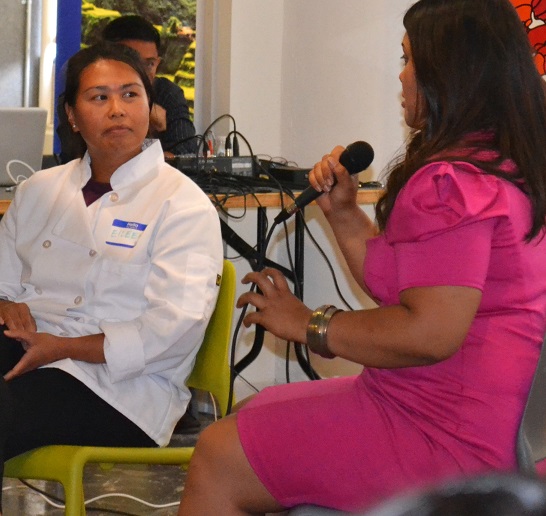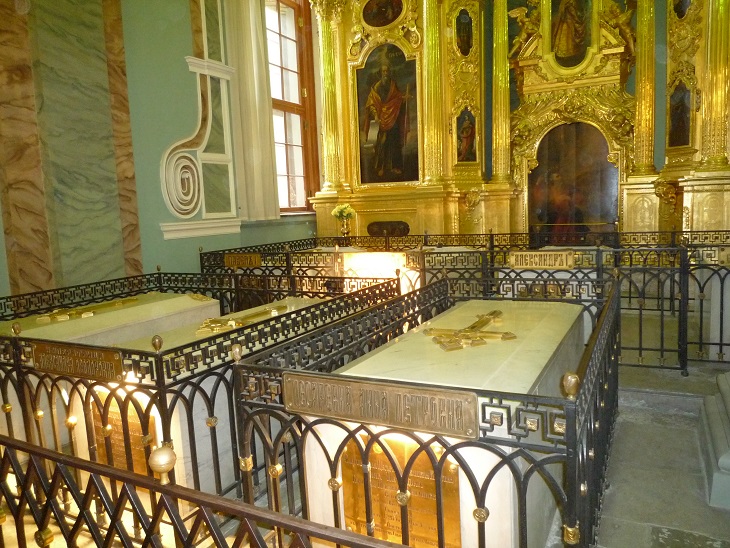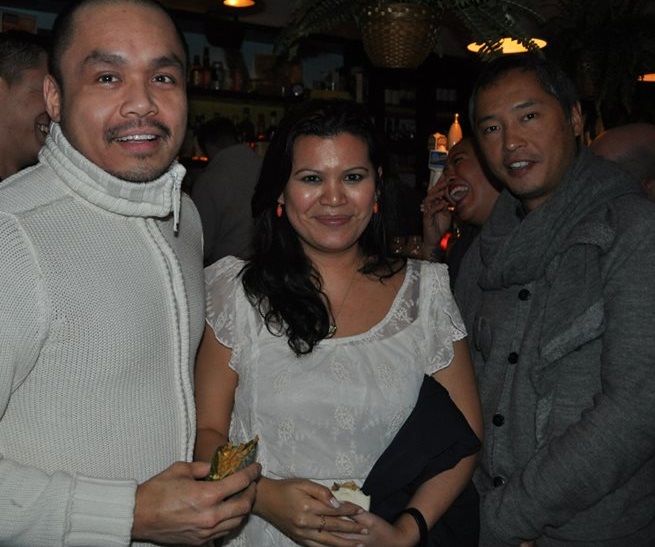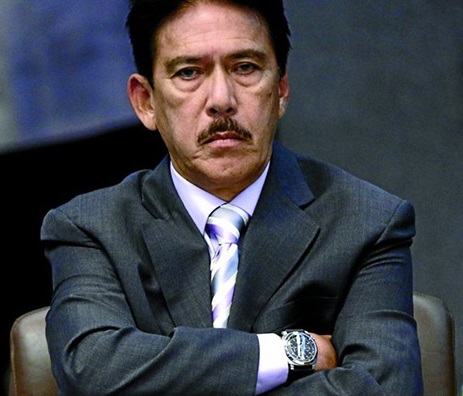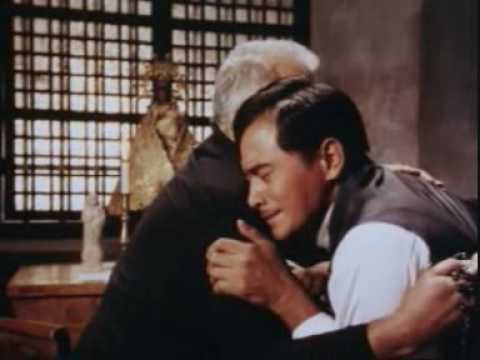Rizal the man, the hero, the contradictions
By Cristina DC PastorFor the longest time, the intense debate over Jose Rizal’s worth as a national hero has divided Filipino scholars, pundits and regular folks.
Director Marilou Diaz-Abaya’s 1998 “Rizal” biopic sought to examine if Jose Rizal was indeed a true nationalist deserving of the country’s reverence, or was simply the stereotypical “good guy” who fought the Spanish colonizers with his mild-mannered, middle-class and moderate ways, which explains why he supposedly trumped the more militant Andres Bonifacio to become our national hero.
The film unfolded through a series of flashbacks showing the momentous events in Rizal’s life. It also showed Rizal and Bonifacio interacting with one another. Bonifacio as a voracious reader of Rizal’s passionate and inflammatory writings against Spain, especially his Noli and Fili novels. Rizal’s literature inspires the young Bonifacio to become a revolutionary.
The vision of Diaz-Abaya is that Rizal is, indeed, a hero, but one who is a ladies’ man, temperamental, prone to self-doubts, and somewhat of a smart ass growing up.
He is brilliant, gaining fame as both novelist and ophthalmologist, and the primary inspiration for the revolution that finally exploded against the Spanish colonial power in 1896 after his death. He is also a waffler who adamantly refuses to recognize that the tide of history is drifting toward a revolution. He insists Filipinos are “not yet ready” to revolt against the Spaniards.
That of course is answered by the simple question articulated in the film by the character of Pio Valenzuela who asks plaintively, “When will we ever be ready?” Rizal has no ready answer mainly because it would mean the logic of his campaign for equality would have to go beyond education and reform. The movie seemed to make the case for Rizal as one who is all bark and no bite.
Cesar Montano sank his teeth into the role of Rizal losing himself within the duality of the character as man and hero. He brought out the vision of Diaz-Abaya of an almost reluctant hero who is shoved into the role of an overseas freedom fighter because of his love and admiration for older brother, Paciano. His brother is a follower of the three Filipino priests – Gomez, Burgos and Zamora – who were executed for demanding equality with Spanish friars.
If at all, I only have a few quibbles about the movie. The series of flashbacks between Rizal’s novels and his life can leave one a bit confused. But Diaz-Abaya made sure to incorporate in the dialogue if the character speaking was Rizal or the protagonist Crisostomo Ibarra in his “Noli me Tangere” novel.
On the eve of Rizal’s execution, the pivotal character of the disguised Simoun (of “El Filibisterismo”) shows up in a hallucinatory haze in his prison cell to confront the hero with the contradictions of his life. Many are prone to compare this scene to one in “Les Miserables” where the ghost of Fantine appears as Jean Valjean is near death, forcing him to contemplate his past.
The only thing distracting about Simoun is that he looked a little like Johnny Depp in the “Pirates of the Caribbean” with his long, curly locks. Another questionable but minor observation was how the propagandists, led by Rizal and Marcelo H. del Pilar, who socialize in Madrid are often seen toasting and debating in Tagalog. It would be more likely for them to debate and argue in Spanish, the language of the colonial master.
Rizal’s execution, which is the film’s high point, would further inflame the revolution and cause Spain to weaken its hold over the Philippines. By the time the Americans arrived in 1898, the Spaniards would control only Manila and the outpost of Baler.
Rizal has sown the seeds of the uprising through his writings. He endears himself to young Filipinos like Bonifacio and incurs the anger of the Spanish officials. Although he appears to have laid the groundwork, he continues to downplay the use of arms. Such a contradiction was, to me, the film’s poignant message.
What Rizal said in the 19th century is just as true today. What is the value of good leadership, he tells a group of students who are urging him to be their leader, if the people are not united.
The March 22 screening of “Rizal” at the Philippine Center’s Kalayaan Hall was a fundraiser for Gawad Kalinga. The film was produced by GMA 7.
 Trust our award-winning law firm with your immigration case.
Trust our award-winning law firm with your immigration case.
Katamisán Cakes: French technique, tropical flavors. Weddings & special events. Click for info.




